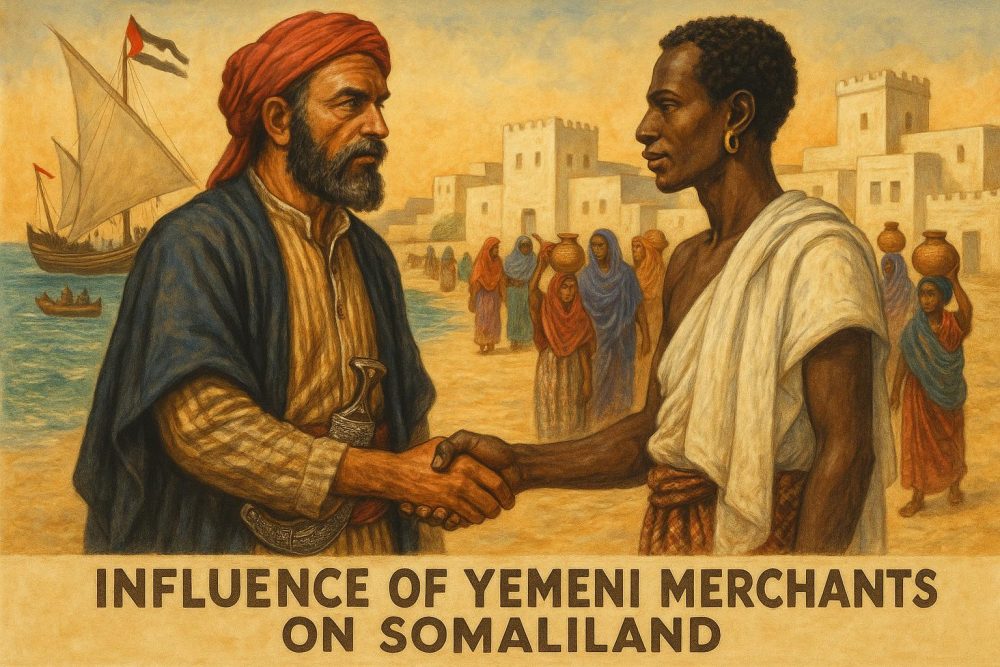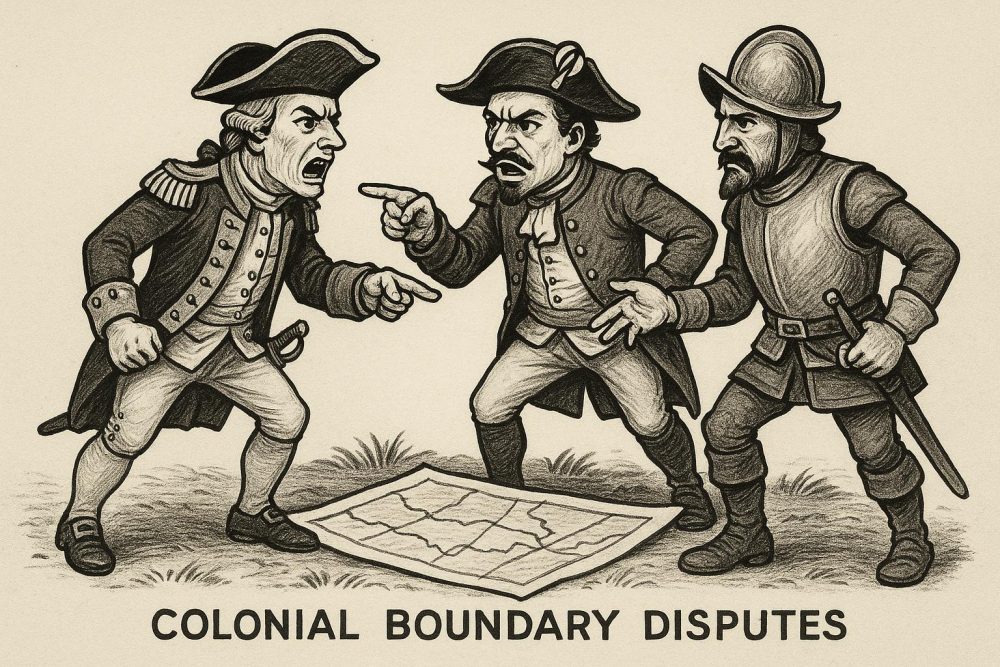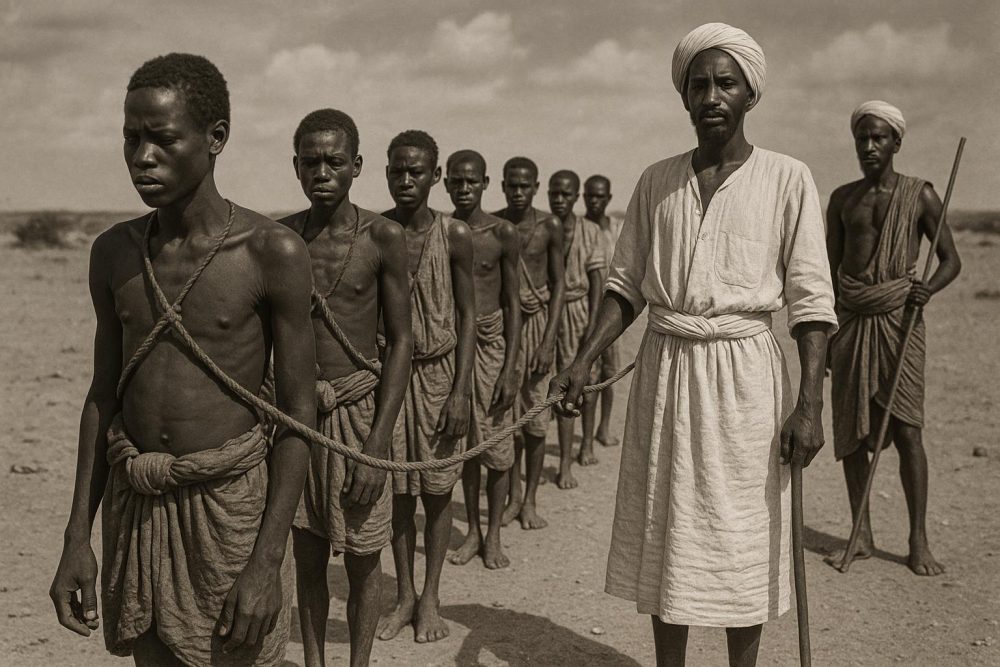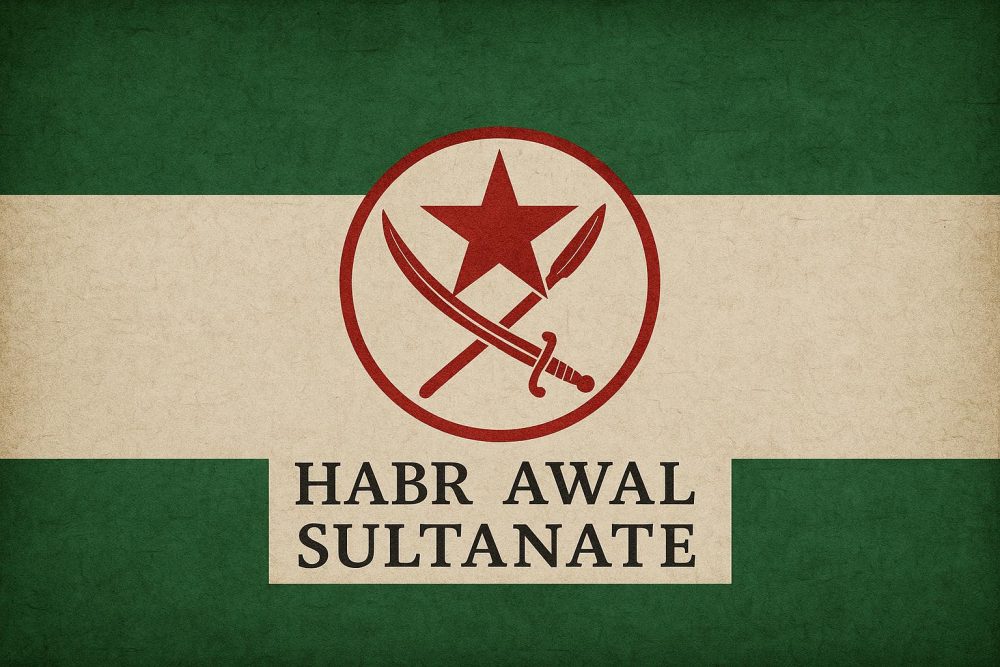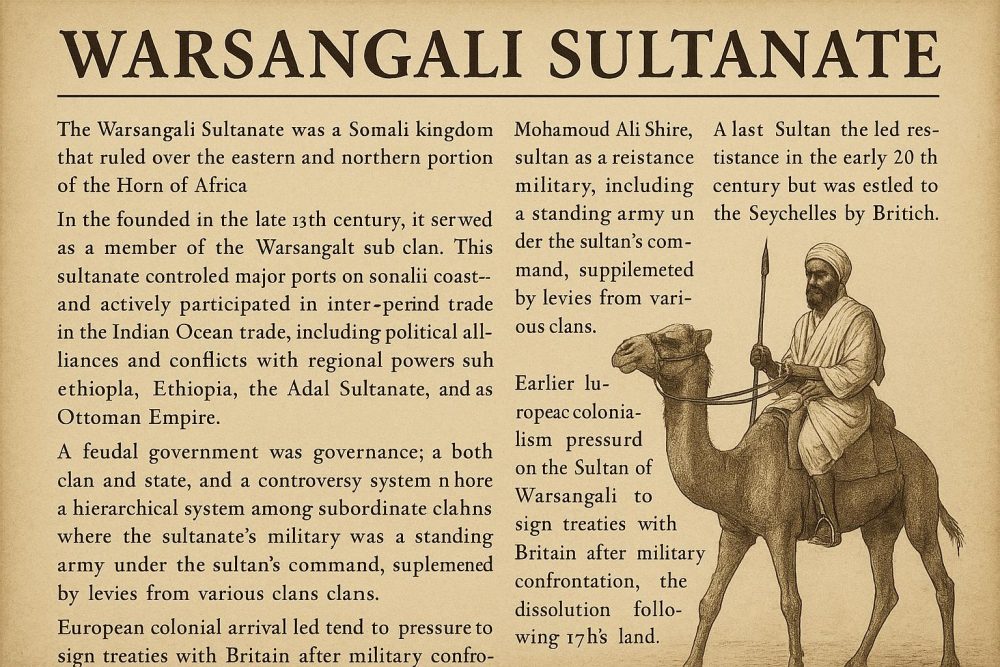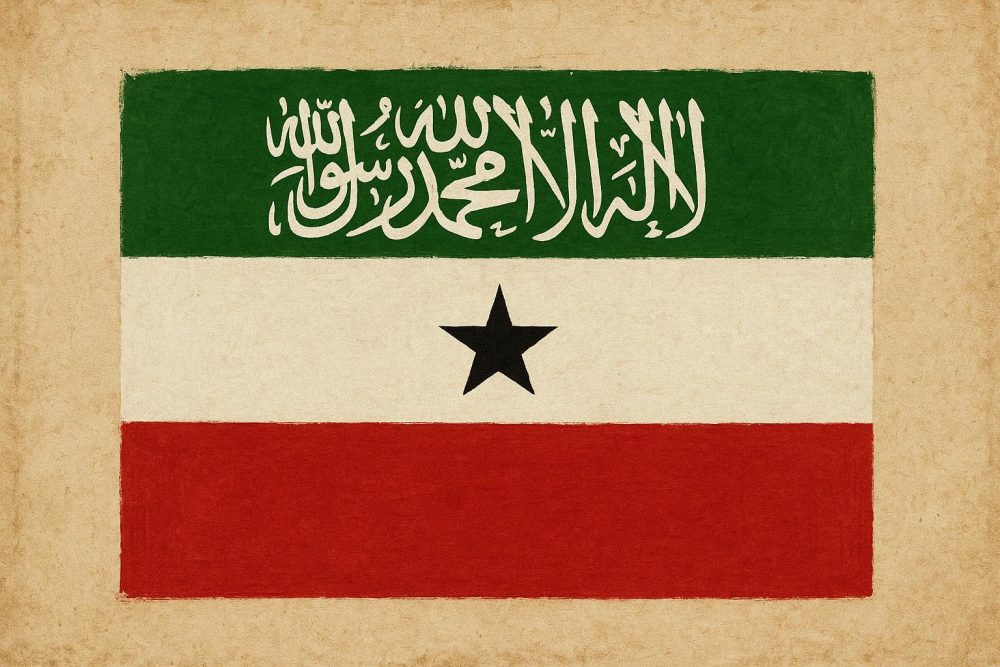
The History of Somaliland’s Flag
The flag of Somaliland is a significant symbol representing not just the political landscape of the region but also its cultural identity. The flag was officially adopted on October 14, 1996, marking a pivotal moment in the history of Somaliland. It embodies the aspirations of the people for recognition as a sovereign state, separate and distinctly different from Somalia. In this document, we delve into the historical backdrop and the profound symbolism encapsulated by the Somaliland flag.
The Origins of the Flag
The history of Somaliland’s flag is intertwined with its political evolution. In 1991, Somaliland declared its independence from Somalia, a major political step following a protracted civil conflict that lasted for years. The decision to introduce a unique flag was a strategic move, intended to consolidate a national identity that stood apart from Somalia. Crafting a distinct self-image helped Somaliland articulate its national ambitions on the international stage.
Design and Symbolism
The flag comprises three horizontal stripes in the colors green, white, and red. Each stripe bears unique symbolic significance, reflecting elements of Somaliland’s history, culture, and political aspirations.
- The green stripe at the top of the flag includes a white Arabic inscription stating “La ilaha ill-Allah,” which translates to “There is no god but Allah.” This phrase underscores the predominant Muslim beliefs of the Somaliland population and their adherence to Islamic tenets and principles.
- The white stripe located centrally features a black star. This star has a dual purpose; it signifies both the hopes for peace across the region and unity among its people. The white background further accentuates the message of peace and diplomacy.
- The red stripe at the bottom honors the sacrifices made by the people of Somaliland in their struggle toward achieving independence. It serves as a stark reminder of the bloodshed and resilience that characterized their journey toward self-governance.
Adoption Process
The journey towards adopting this flag was as significant as the flag itself. The self-declared Republic of Somaliland, post-independence, set up a committee tasked with creating a design that would reflect the region’s diverse cultural fabric and collective hopes. The process was inclusive, taking into consideration the varied cultural inputs and historical narratives that make up Somaliland’s tapestry. The final choice was indicative of the people’s quest for autonomy and their determination to achieve peaceful coexistence, not just internally, but also on the global stage.
Legal and Political Context
Despite having established governance structures and self-declared independence, Somaliland remains unrecognized on the international platform as a separate sovereign state. This lack of international recognition places the flag in a unique position – beyond its use as a national symbol, it represents the broader discourse on international diplomacy and recognition. It acts as a focal point for discussions regarding Somaliland’s status in the eyes of the global community.
For the citizens of Somaliland, the flag is a cherished emblem that captures the essence of their history, aspirations, and identity. Its design eloquently conveys the region’s dedication to protecting its cultural heritage and Islamic roots, while also highlighting the earnest desire for peace and acknowledging the ultimate sacrifices made in the pursuit of independence.
Observing the flag of Somaliland unfurled across buildings, flown during national ceremonies, or carried proudly by the people, serves as a reminder of how a national symbol can encapsulate the complexities of history, the evolution of political discourse, and the unyielding spirit of a people striving for recognition and self-determination. As Somaliland continues to navigate its path, the flag remains a steadfast symbol of the perseverance and aspirations of its populace amidst ongoing debates about statehood and sovereignty in the international arena.
Being an emblem with deep historical roots and significant cultural weight, the Somaliland flag serves not just as a marker of identity, but as a reminder of the region’s journey and the future it aspires toward. The symbolism ingrained in its design goes beyond mere representation; it is a testament to the strength, unity, and enduring hope of Somaliland and its people.


